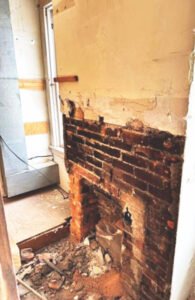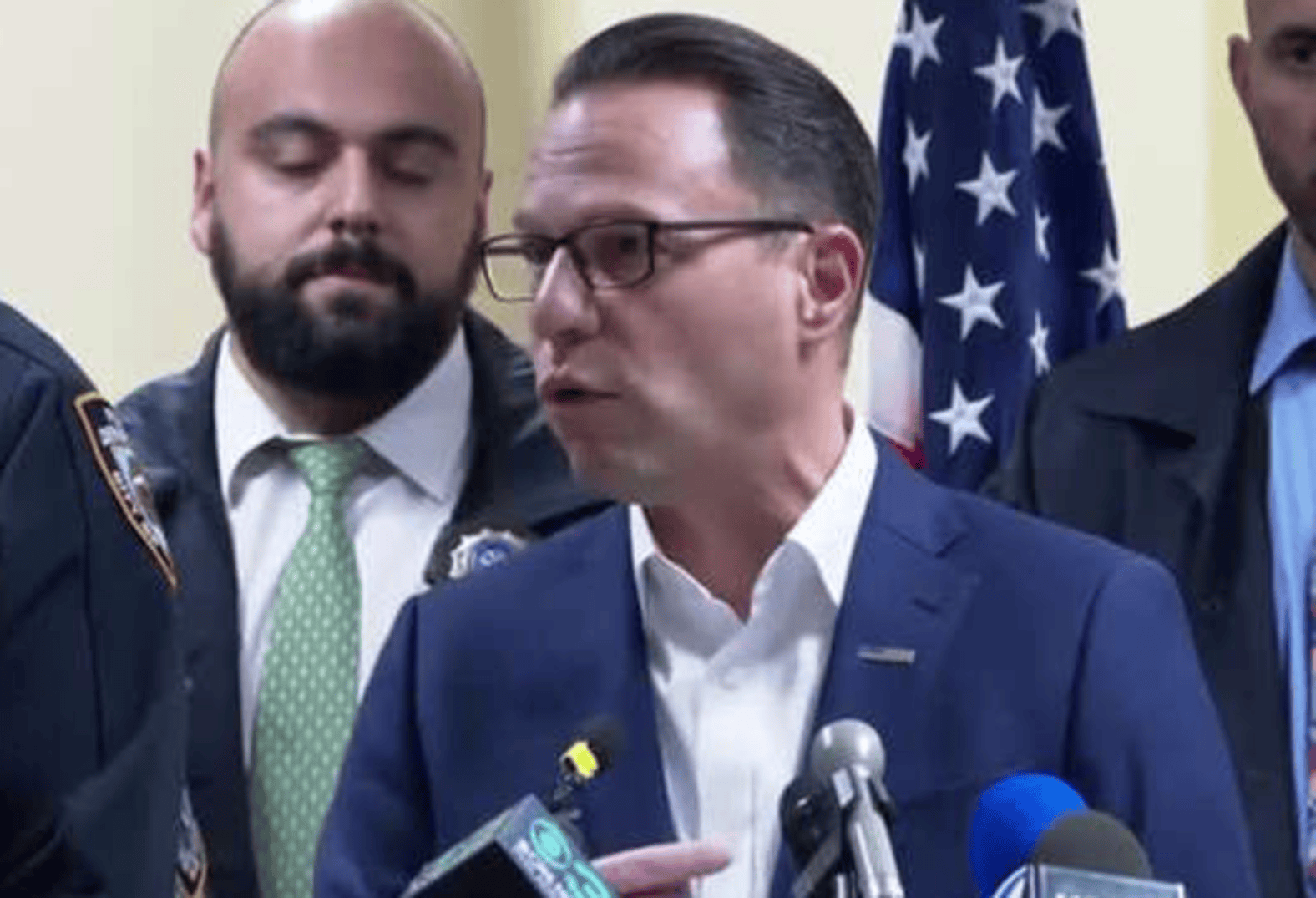
Parkersburg’s Civil War Hospital Revived. Historic Parkersburg Building Gets a Second Life: Civil War Hospital to be Reborn
This project breathes new life into a structure that has stood for over 180 years, preserving a piece of Parkersburg’s past while creating a space for the future. Parkersburg’s Civil War Hospital Revived
From Battlefield Tents to City Landmark: A Building’s Rich History
The Avery Street building’s story begins in the midst of a nation divided. During the Civil War, the Union Army established a hospital there to treat wounded soldiers. Thousands of soldiers received care within its walls, a testament to the vital role it played during a tumultuous period in American history.
It served as a commercial space and even a residence for a time. Despite these changes, the structure retained its historical significance, standing as a silent witness to Parkersburg’s evolution.

WCED Steps Up Preserving History, Creating Opportunity
The WCED saw the potential in this historic building. With federal earmark funds designated for redevelopment, they seized the opportunity to acquire the property. The purchase price of $111,000 secured the future of the Avery Street landmark.
Renovation Plans Unveiled: Respecting the Past, Embracing the Future
The WCED’s vision for the building prioritizes both preservation and progress. The exterior will undergo a facelift, with a new roof, windows, doors, and a fresh coat of paint. However, the core structure and overall historical character will be meticulously maintained.
The focus of the renovation shifts inside. The interior will be completely modernized to accommodate the needs of its future tenants. While details remain under wraps, the WCED emphasizes creating a functional and inviting space.
New Tenants on the Horizon: A Boost for Parkersburg’s Economy
The WCED is actively seeking tenants for the renovated building. Their goal is to attract businesses or organizations that align with the revitalization project’s spirit. Ideally, the new occupants will contribute positively to Parkersburg’s economic and social fabric.
Community Cheers the Project: A Symbol of Progress
News of the Avery Street project has been met with enthusiasm by the Parkersburg community. Residents appreciate the commitment to preserving the building’s historical significance. Many view the renovation as a symbol of progress, injecting new life into a significant landmark while contributing to the city’s overall development.
A Timeline for Transformation: Anticipated Completion Date
The WCED aims to complete the renovation project within a year. This ambitious timeline reflects their dedication to bringing the building back to life as quickly as possible. Parkersburg residents can expect to see the revitalized Avery Street landmark standing proudly within the next 12 months.
A Beacon of History and Opportunity: The Legacy of the Avery Street Project
The rebirth of the Avery Street building represents more than just a construction project. It signifies Parkersburg’s commitment to its past while embracing the possibilities of the future. The renovated structure will stand as a testament to the city’s rich history, serving as a vibrant hub for commerce and community while inspiring future generations.
Unearthing Hidden Stories: Research Efforts to Unveil the Past
The WCED isn’t just focused on bricks and mortar. They’re partnering with local historical societies to delve deeper into the Avery Street building’s past. This research initiative aims to unearth stories of the soldiers treated within its walls, the doctors who served there, and the building’s evolution throughout the years.
The plan involves scouring historical records, interviewing descendants of those connected to the hospital, and potentially even conducting a limited archaeological dig on the site.
Adaptive Reuse: A Sustainable Approach to Revitalization
The WCED’s decision to renovate the Avery Street building exemplifies the growing trend of adaptive reuse in historic preservation. This approach involves taking existing structures and repurposing them for new uses, rather than demolishing them and starting from scratch.
Adaptive reuse offers numerous benefits. It reduces environmental impact by minimizing construction waste and conserving resources.
A Spark for Further Development: The Ripple Effect of the Project
The revitalized landmark could act as a catalyst for further investment in the surrounding area. Nearby businesses might see an uptick in foot traffic, and property values could potentially rise.
The WCED envisions the project as a cornerstone for a broader revitalization effort in Parkersburg’s historic core. The hope is that the success of the Avery Street project will inspire further investment in the preservation and enhancement of other historic buildings, creating a vibrant and attractive downtown district.
A Legacy of Collaboration: Building a Brighter Future
The success of the Avery Street project hinges on collaboration. The WCED is working closely with local businesses, historical societies, and government agencies to ensure the project’s smooth execution. Community involvement is also crucial. Residents are encouraged to share their stories and memories of the building, further enriching the narrative surrounding this historic landmark.
By working together, the Parkersburg community is breathing new life into a cherished piece of its history, paving the way for a brighter and more vibrant future.







